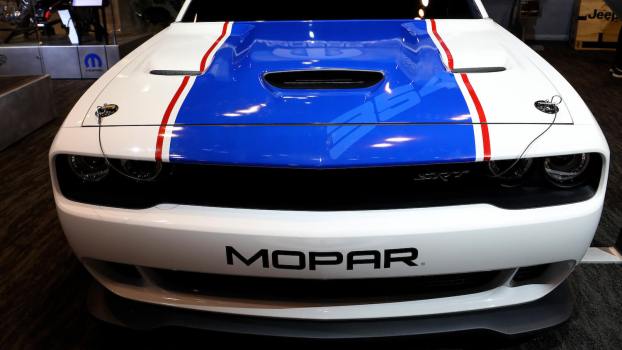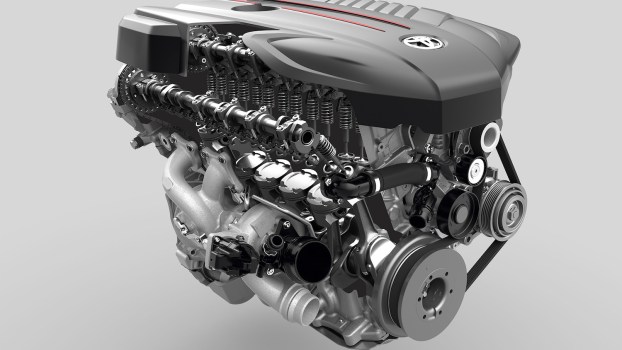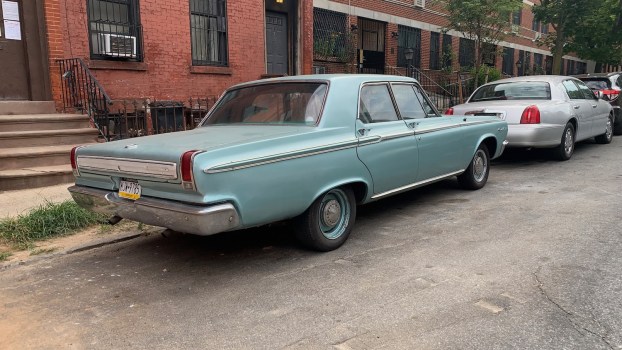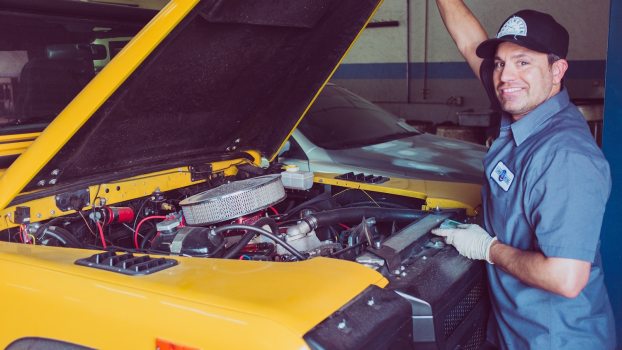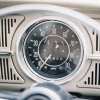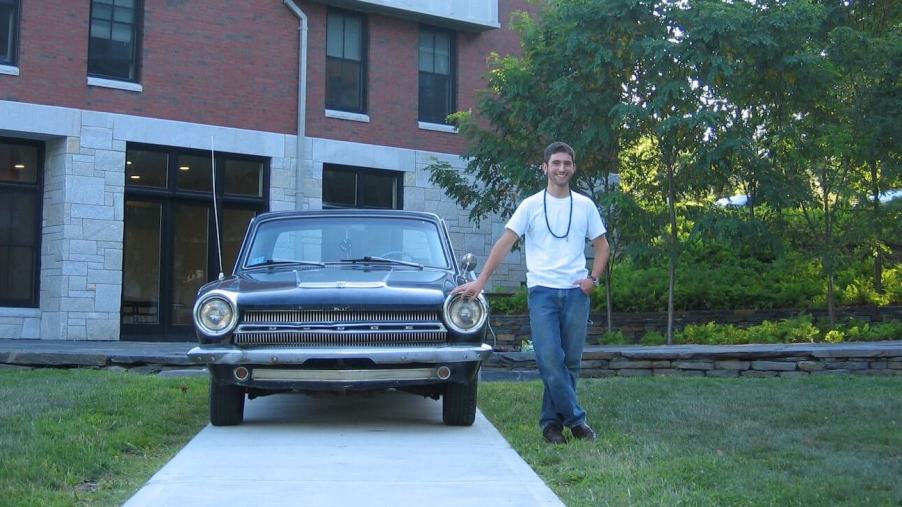
You Should Buy an Old Dodge Dart—a Real Old Dodge Dart With a Slant-Six
I think you should buy an old Dodge Dart. And I don’t mean the 2012-16 compact car. I mean a 1960s or 1970s Dodge Dart. I am going to convince you that the Chrysler Corporation A-Bodies (Dodge Dart, Plymouth Valiant, and early Plymouth Barracuda) are the best project muscle cars around. Period. I’ll admit I am a bit biased, my first car was a slant-six 1964 Dodge Dart my dad gave me. But no one can argue that these entry level Mopar cars are reliable, affordable, and inspiring. And what I truly want is to see more enthusiasts in project cars which bring them joy.
1960s and 1970s Dodge Darts are affordable
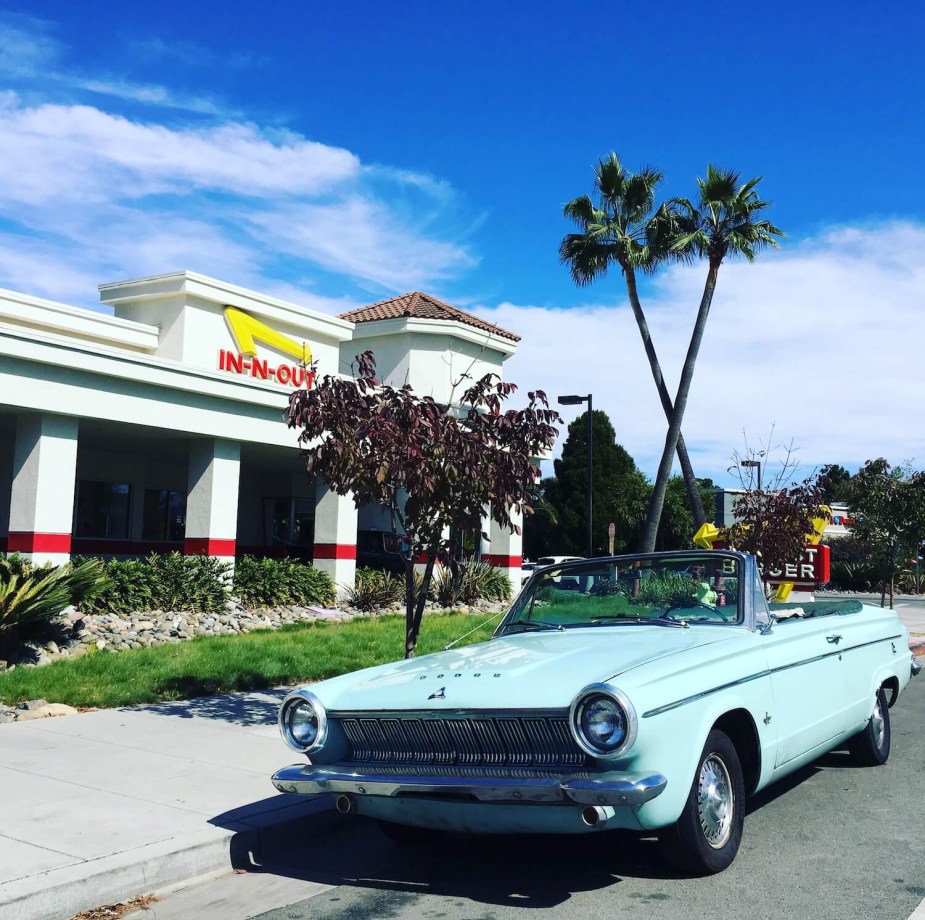
The Chrysler Corporation A-Bodies were the Honda Civic or Toyota Corolla of their day. Because there were so many of these “sport compacts” made–as sedans, coupes, convertibles, and station wagons–their prices have stayed relatively low.
The entry-level engine was the stalwart Chrysler slant-six, often paired with an automatic transmission. Until 1966, drivers operated the automatic with a groovy “push-button” panel mounted on the dashboard. If you sort Ebay by Dodge Darts that actually sold, you’ll see that running slant-six models in need of some love still go for $3k or less. I bought a 1963 Dart convertible in California for just $3,500. You can find the mechanically identical Plymouth Valiant for even less.

Of course Dodge sold V8-powered coupe versions of the Dart, such as the Swinger and Demon, which could keep up with most Mustangs and Camaros. But without the name brand recognition, they aren’t worth as much. Sometimes you see pristine coupes or convertibles listed at around $30k. But other examples in good working order sell for $10k-$15k.
One of my favorite vehicles on the A-Body chassis is the first-generation and second-generation Plymouth Barracuda. The 1964-66 version had a Valiant front end and fastback window. The 1967-1969 Barracuda, with its iconic split grille, had completely unique sheet metal while sharing powertrains with other A-Bodies. Some of the most desirable second-generation Barracuda configurations command $30k or more. But entry-level cars still move for $10k or less.
For the 1970 year, the famous (and expensive) third-generation Barracuda moved to the E-Body chassis, alongside the Dodge Challenger. This created an opening in the Plymouth lineup and it introduced the effortlessly cool Duster coupe on the A-Body chassis, which you can often buy for a song.
1960s and 1970s A-Bodies are easy to work on
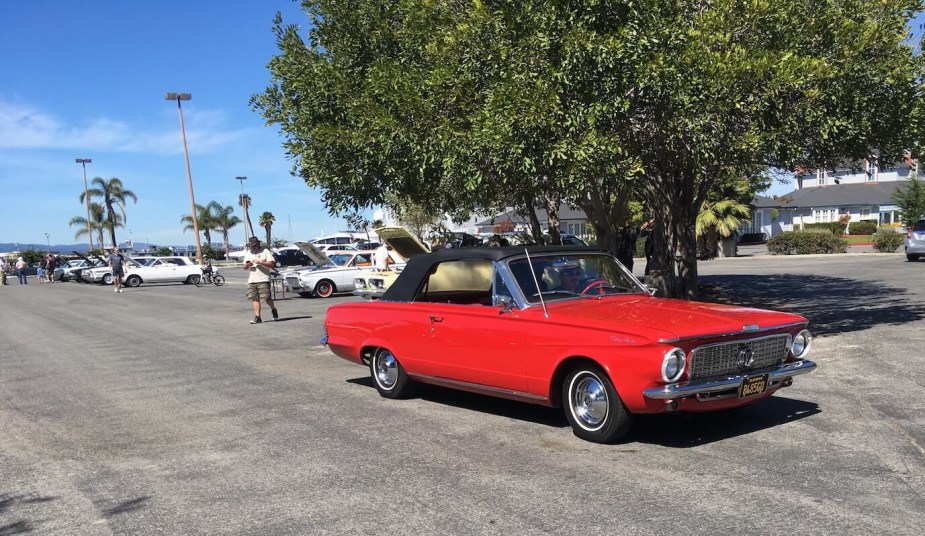
It’s true, I’ve argued that classic cars aren’t always easier to work on, because few were designed with reparability in mind. That said, they are simpler and thus make it easier to learn about mechanics.
I’ve already mentioned what a reliable engine the slant-six is. One benefit of a straight-six engine is how much room it leaves in the engine bay for working on it. Another benefit is how few moving parts it has, with just the one bank of cylinders.
There’s another benefit of the Chrysler slant-six in a classic Dodge Dart or Plymouth Valiant. It was in production, in some form, from 1960 through 2000. It went into road vehicles until 1986. Because there were so many made, there are a ton of spare parts around. There are also many people around who know how to work on them. And this brings me to my third point.
Slant six A-Bodies have a strong enthusiast community
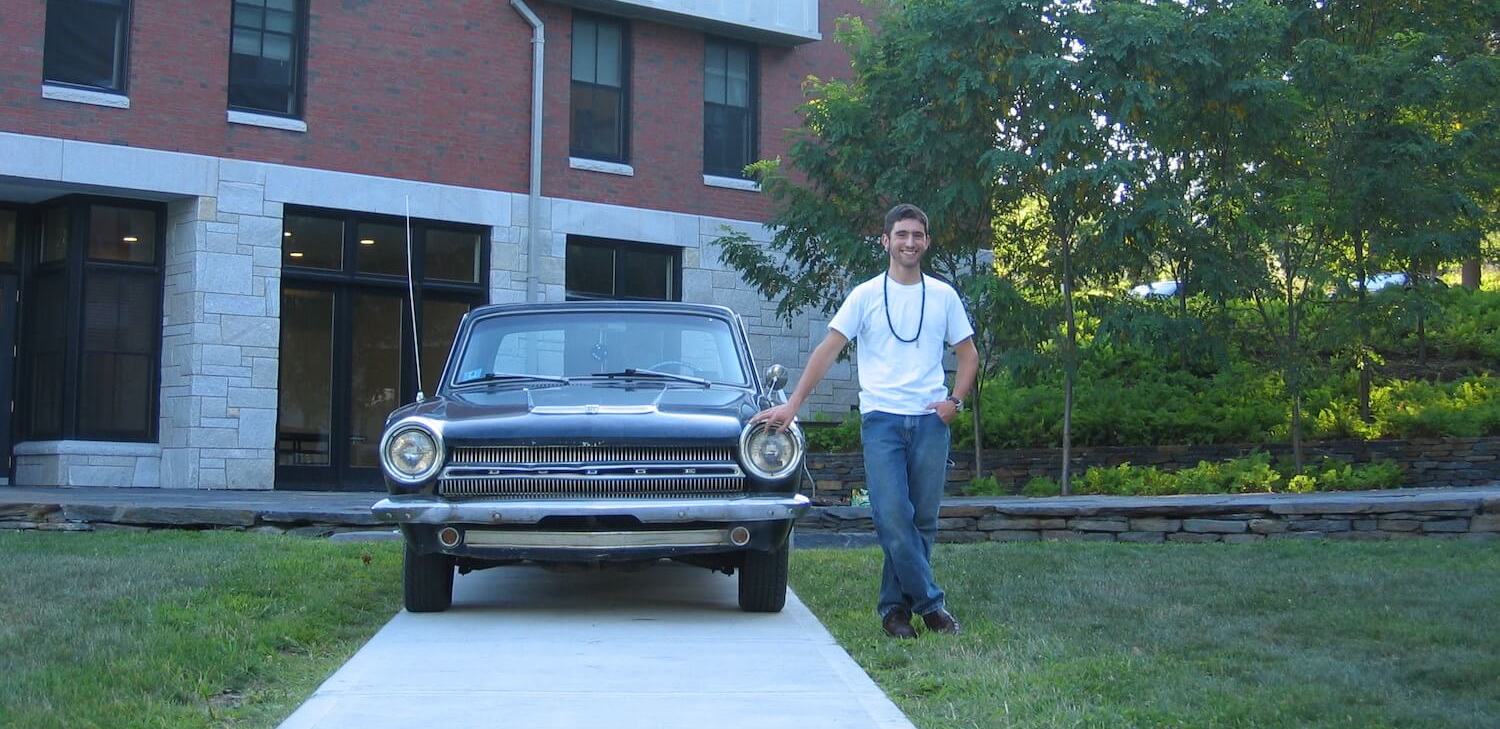
Chrysler’s A-Body platform included some quirky cars, and this creates camaraderie among A-Body owners. While the Dodge Dart’s slant-six engine doesn’t have the mainstream following V8 muscle cars do, many of its fans are downright devoted. Take, for instance, the Redwood City slant-six club (covered in the New York Times) which hosts one of my favorite car meets in the world, at the downtown marina.
California has become one of the capitals of A-Body slant-six culture for a few reasons. One of which is that the unibody construction of A-Body cars makes them especially prone to rust.
One tip is to consider a convertible because these came from the factory with frame stiffeners. In addition, you can install aftermarket frame stiffeners on any sedan or coupe. Finally, don’t be afraid to reach out to your closest slant-six enthusiast club to ask if they know of any rust-free project cars. I have found multiple clubs to be incredibly supportive of us younger enthusiasts seeking to learn. The A-Bodies forum is an excellent place to start (ForABodiesOnly.com). And don’t hesitate to drop me a line on Twitter.
Next, find out if inline six-cylinder engines make more torque or watch an excellent overview of the slant six engine in the video below:
